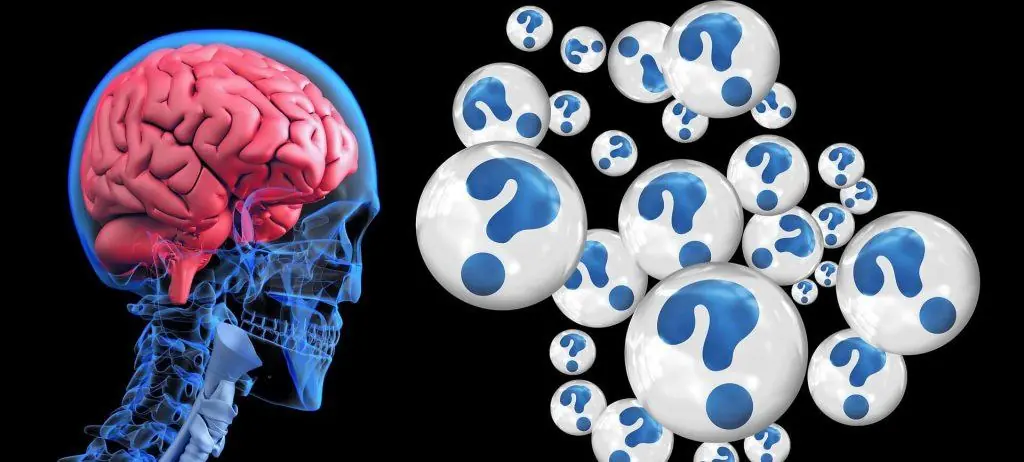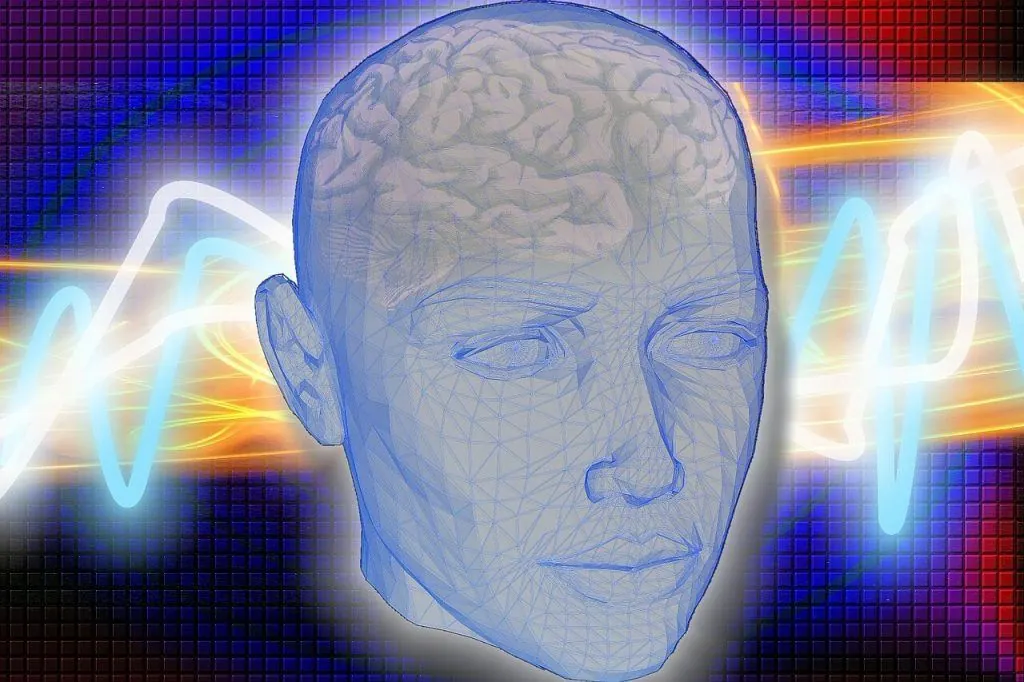CDC Report on Traumatic Brain Injuries
The world of traumatic brain injuries is wide and varied. However, they all have one thing in common: they can lead to permanent consequences not just for these individuals but also for their family members and friends. Furthermore, traumatic brain injuries are also more common than many people realize. According to current data published by the Centers for Disease Control and Prevention (CDC):
- Traumatic brain injuries represent one of the leading causes of disability and death in this country.
- Injuries to the head or neck have been cited as contributory in as many as 30 percent of all deaths related to an injury.
- More than 150 people die every year due to either direct or indirect effects of a traumatic brain injury.
- Some people who survive a traumatic brain injury live with the consequences of this trauma for the rest of their lives.
- In 2013, close to three million people sought medical care due to traumatic brain injuries sustained in the United States.
These statistics serve to demonstrate that traumatic brain injuries are a serious problem that should be addressed. Those who suffer traumatic brain injuries could suffer permanent consequences as a result of these injuries. To address the epidemic nature of traumatic brain injuries in this country, the government commissioned the CDC to investigate further. The goal was to identify trends in traumatic brain injuries that could help lead to new treatments and preventative measures alike.
Report Introduction: What is a Traumatic Brain Injury?
Before starting the research, the professionals needed to define what constituted a traumatic brain injury. Their definition mirrors the one used by other healthcare professionals. A traumatic brain injury is:
An injury that somehow inhibits the normal, standard function of the brain which can be due to a bump on the head, a penetrating brain injury, or even an explosive blast.
This definition was used to investigate the world of traumatic brain injuries in the United States further. During the year that the report was published, the CDC released statistics that showed:
- Nearly 90 percent of people who were taken to an emergency room for a traumatic brain injury were evaluated and discharged home.
- The remaining 10 percent required hospitalization.
- About two percent of people who were admitted to an emergency room for a head or neck injury subsequently died.
While it may appear that most people who are seen in an emergency room are discharged home, these statistics do not include the functional impact that a traumatic brain injury has on their quality of life. Therefore, it is vital to examine the effects that TBIs have on society as a whole.
The Impact of Traumatic Brain Injuries in Society
While the medical aspect of traumatic brain injuries is important, it is also essential to take a look at how they impact society. When people have suffered a TBI, this can affect their life in more ways than one. Examples include:
- Cognitive abilities
- Behavioral patterns
- Emotional lability
- Physical, motor, and sensory skills
- Employment
All of these impacts can extend to the individual’s family and friends. The CDC report estimates that somewhere between three and five million people are currently living with a TBI that has led to a disability. Other pertinent statistics include:
- Teenagers who suffer a TBI were twice as likely to die in the three years following their injury when compared to their peers who had not suffered a TBI.
- Teenagers and young adults who sustain a TBI have a 20 percent chance of dying within 5 years of suffering their injury.
- About 40 percent of these individuals will continue to experience a decline in their physical and cognitive skills after their injury, despite receiving long-term treatment.
This data is heartbreaking and shows that more needs to be done to help individuals who suffer a serious neurological injury.
Rehabilitation: Cognitive Measures
The American Congress of Rehabilitation Medicine has a task force that is dedicated exclusively to cognitive rehabilitation. The researchers at the CDC reviewed at least 370 of their studies to come up with a consensus on the importance of cognitive rehabilitation. Their consensus opinion on cognitive rehabilitation has led to several recommendations, including:
- Cognitive rehabilitation plays a vital role in maintaining neurological function following a serious head injury.
- Direct attention training can help people with a TBI improve their focus.
- Strategies to address memory impairment should be one of the main arms of the treatment strategy.
- Therapy should also focus on improving the individual’s ability to perform activities of daily living.
- Emotional therapy is often neglected and needs more attention in cognitive rehabilitation.
This information from the CDC shows that treatment of a TBI should not focus on purely the medical aspect of recovery but the mental side as well. As people are recovering from a serious injury, their physical abilities should be also addressed.
Rehabilitation: The Importance of Physical Therapy
The CDC report also reviewed the effectiveness of physical therapy in the recovery process of a head injury. They examined several dozen studies, looking for trends. Some of their recommendations include:
- Passive range-of-motion exercises have been shown to be effective in several research studies and should be performed.
- Those who cannot move on their own should be re-positioned regularly to avoid the development of severe ulcers.
- Tilt-table exercises are important because they can help the body maintain its bone structure.
- Virtual reality-based therapy is still in its infancy but has shown a strong ability to improve muscle strength, flexibility, and range of motion.
- Virtual reality should also be used to improve balance, gait, and gaze stability.
Physical therapy plays a vital role in the improvement of motor and sensory functions following a TBI.
Watch YouTube Video: Brain Injury Rehabilitation. In the video below, Dr. Cara Camiolo Reddy from the UPMC Rehabilitation Institute discusses the rehabilitation process for patients who are suffering from brain injuries.
Recommendations Regarding Traumatic Brain Injuries from the Report
The CDC also made several recommendations for future studies. These recommendations stem from gaps in the knowledge base of the current medical community. If these studies are to be performed, it will represent a significant improvement in the ability of not only the medical community but also society as a whole to take better care of people who have suffered a serious head injury. Their recommendations are:
- More research is needed to estimate the true incidence of TBIs in society because many people do not seek medical care.
- Studies are needed to address the differences in mechanisms of TBI by age group with common mechanisms being motor vehicle accidents, sports, and slip and fall injuries.
- The government and medical community need to improve their ability to monitor TBIs sustained during competitive and recreational sports because the impact of TBIs in children and young adults can be devastating.
These represent only the highlights of an extensive report that was published by the CDC. While the past few decades have seen a remarkable improvement in the ability of the medical community to diagnose and treat a traumatic brain injury, it is clear that more information is needed.
Contacting a Personal Injury Law Firm
When a loved one has suffered a serious injury, such as neurological trauma, it is normal to feel overwhelmed. It is important for everyone to know that help is available. An experienced traumatic brain injury lawyer in Sacramento can provide families with the help that they need. Examples of ways that a personal injury lawyer can help include:
- Guiding a client through a tough situation with care, empathy, and understanding.
- Reconstructing an accident with the help of traffic engineers to ensure that liability has been assigned correctly.
- Helping to establish causation following an accident accompanied by serious injuries.
- Seeking damages for injuries, pain, and suffering.
- Assisting a family through court proceedings, if necessary.
No family should have to go through such a tough situation alone. For this reason, do not hesitate to reach out for help. You and your loved ones might be deserving of financial compensation
Sacramento Traumatic Brain Injury Attorney
I’m Ed Smith, a traumatic brain injury attorney in Sacramento. An injury to the brain is always a medical emergency. If you or a loved one has suffered injuries in a car accident, call me at (916) 921-6400 or (800) 404-5400 for free, friendly legal advice.
I am a California member of the Million Dollar Advocates Forum.
You are welcome to see our past verdicts or settlements cases.
Check out our client ratings and reviews on Yelp, Avvo, & Google.
CDC Report on Traumatic Brain Injuries: AutoAccident.com
Photos by: Pixabay. The image has been reproduced here with permission/ CDC Report on Traumatic Brain Injuries.
:dr 0p cha [cs 1491] cv


